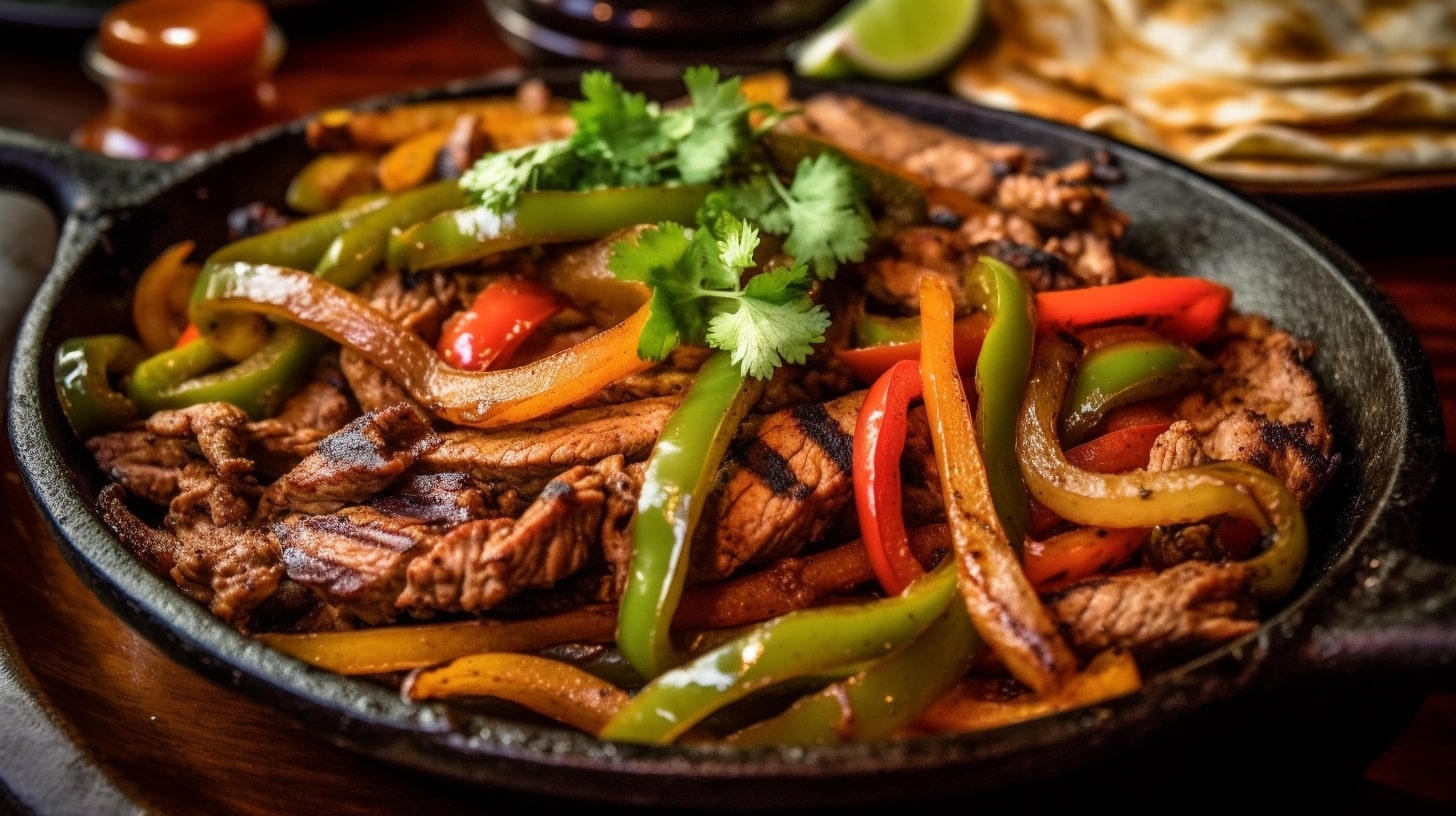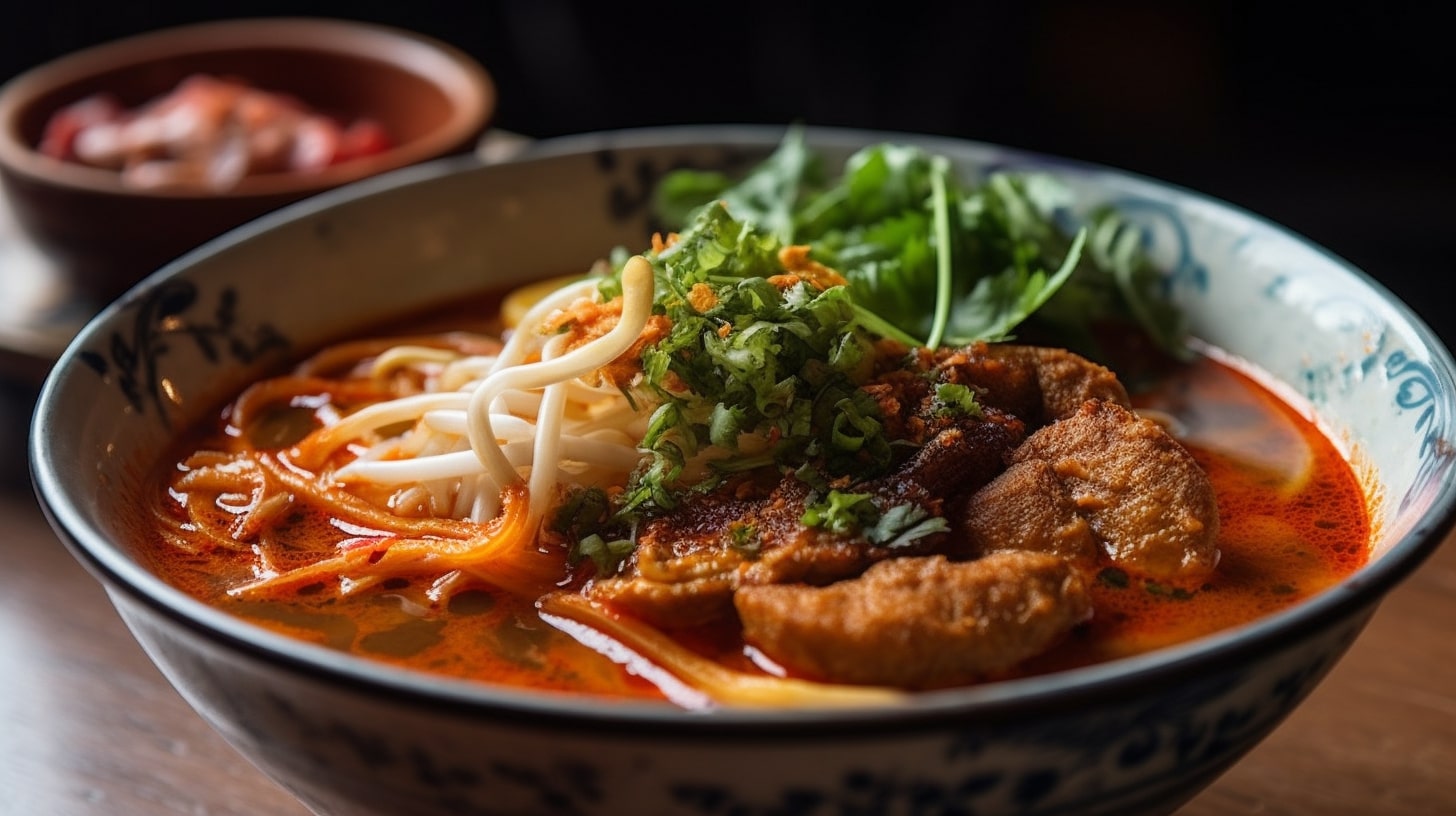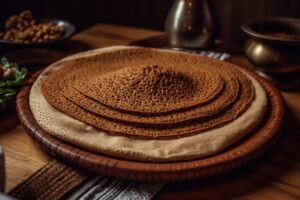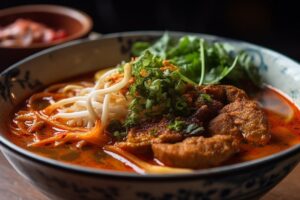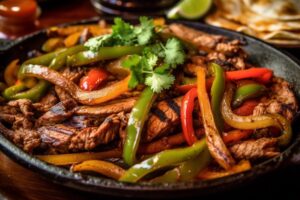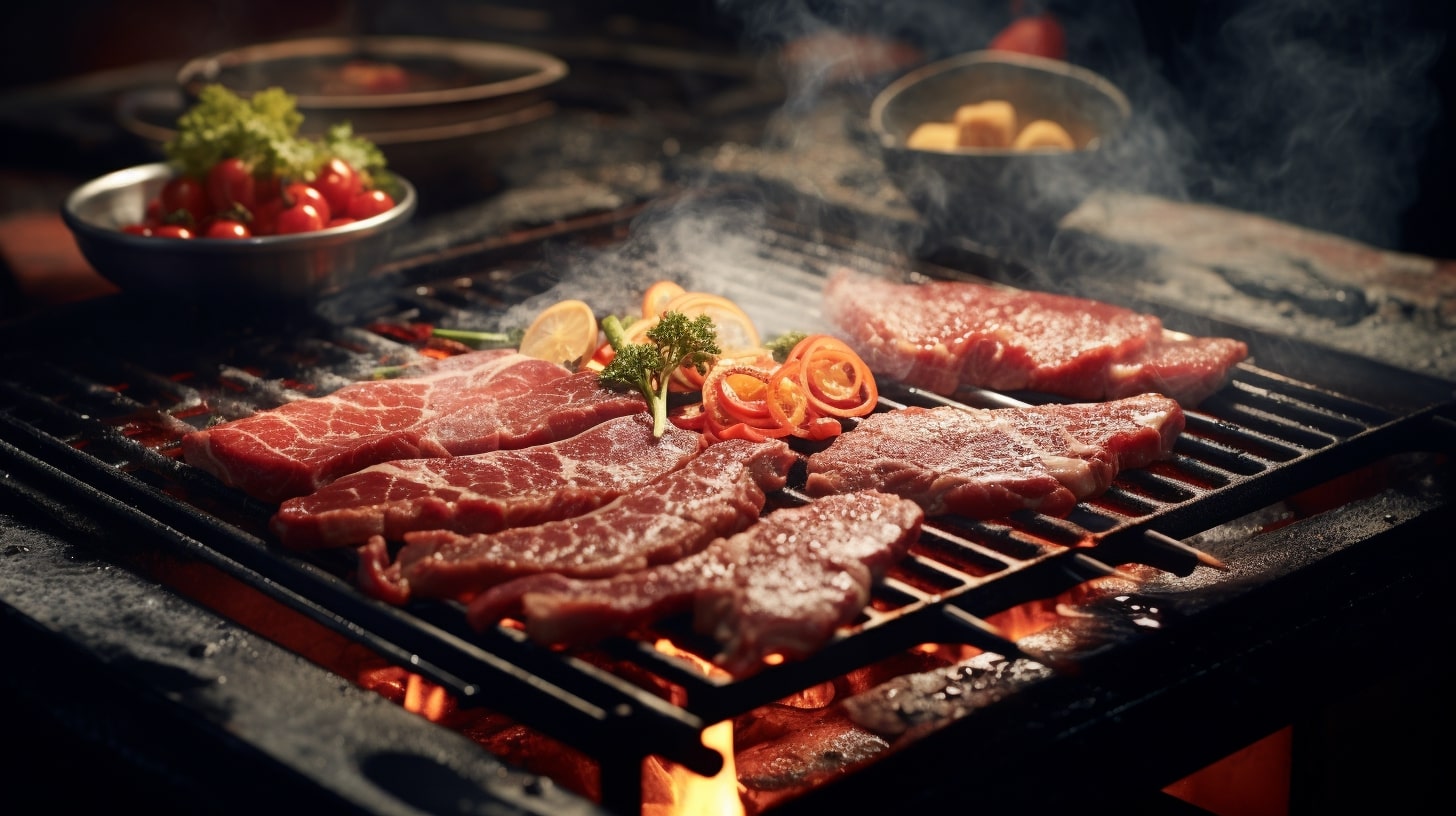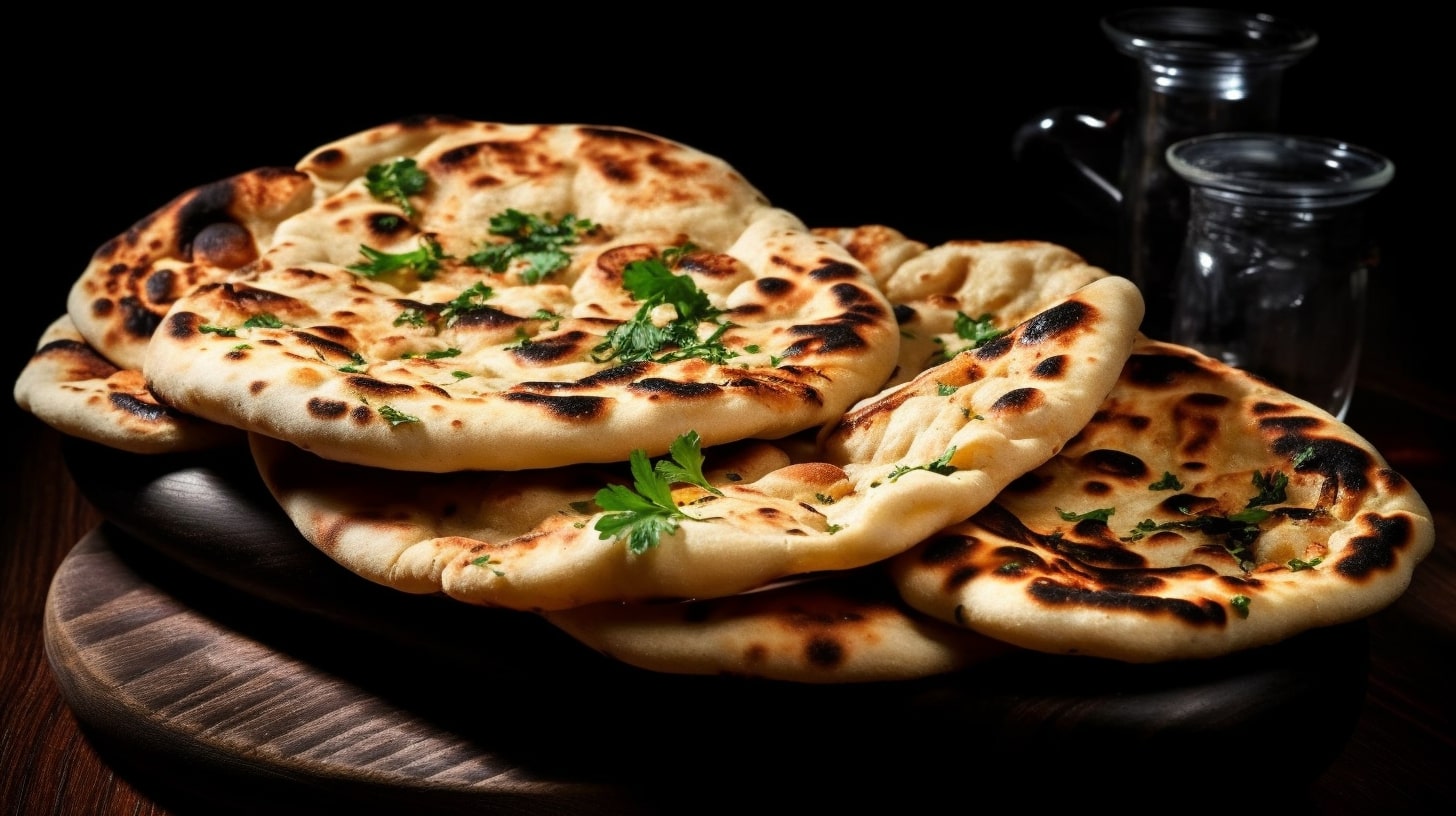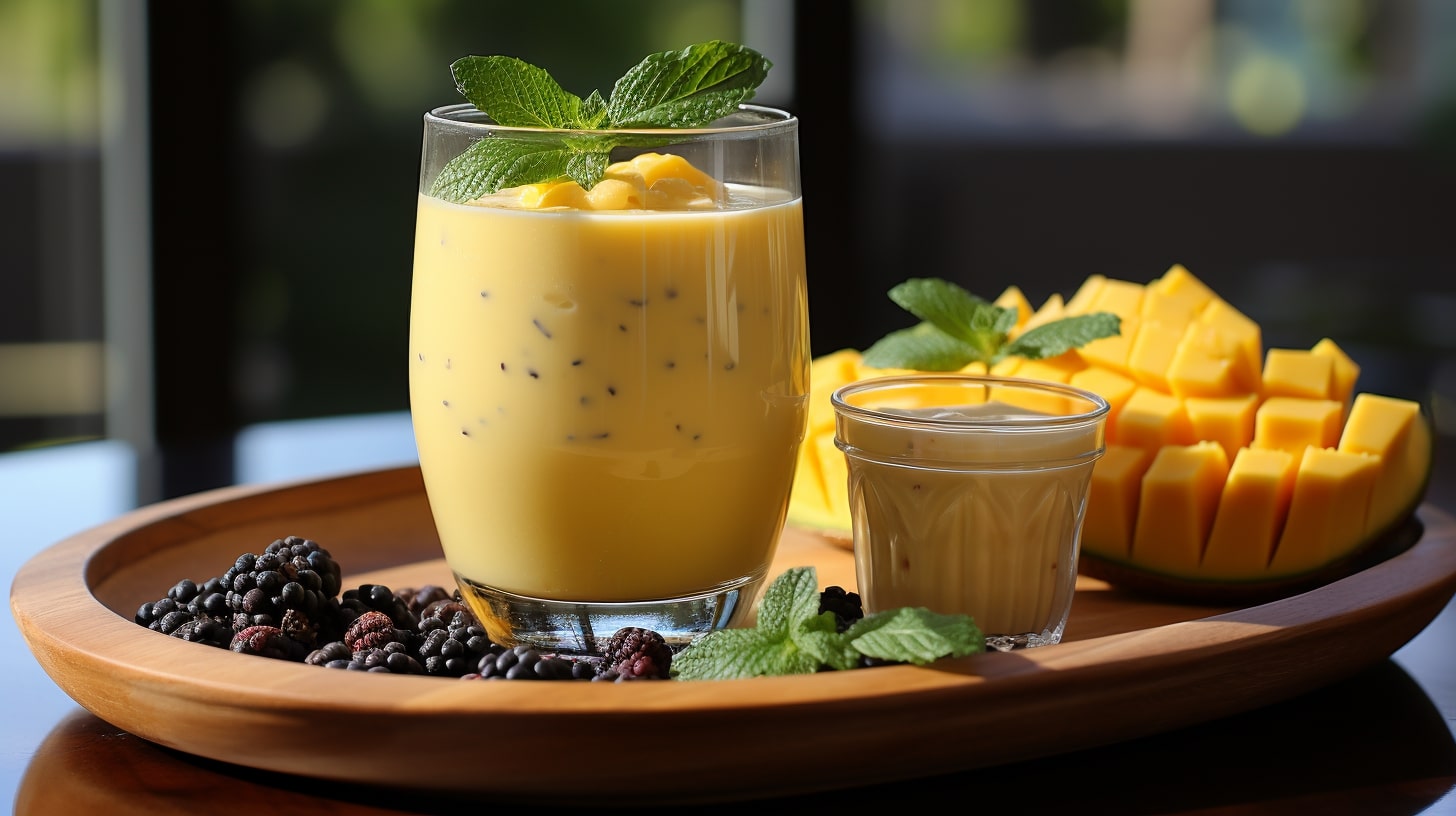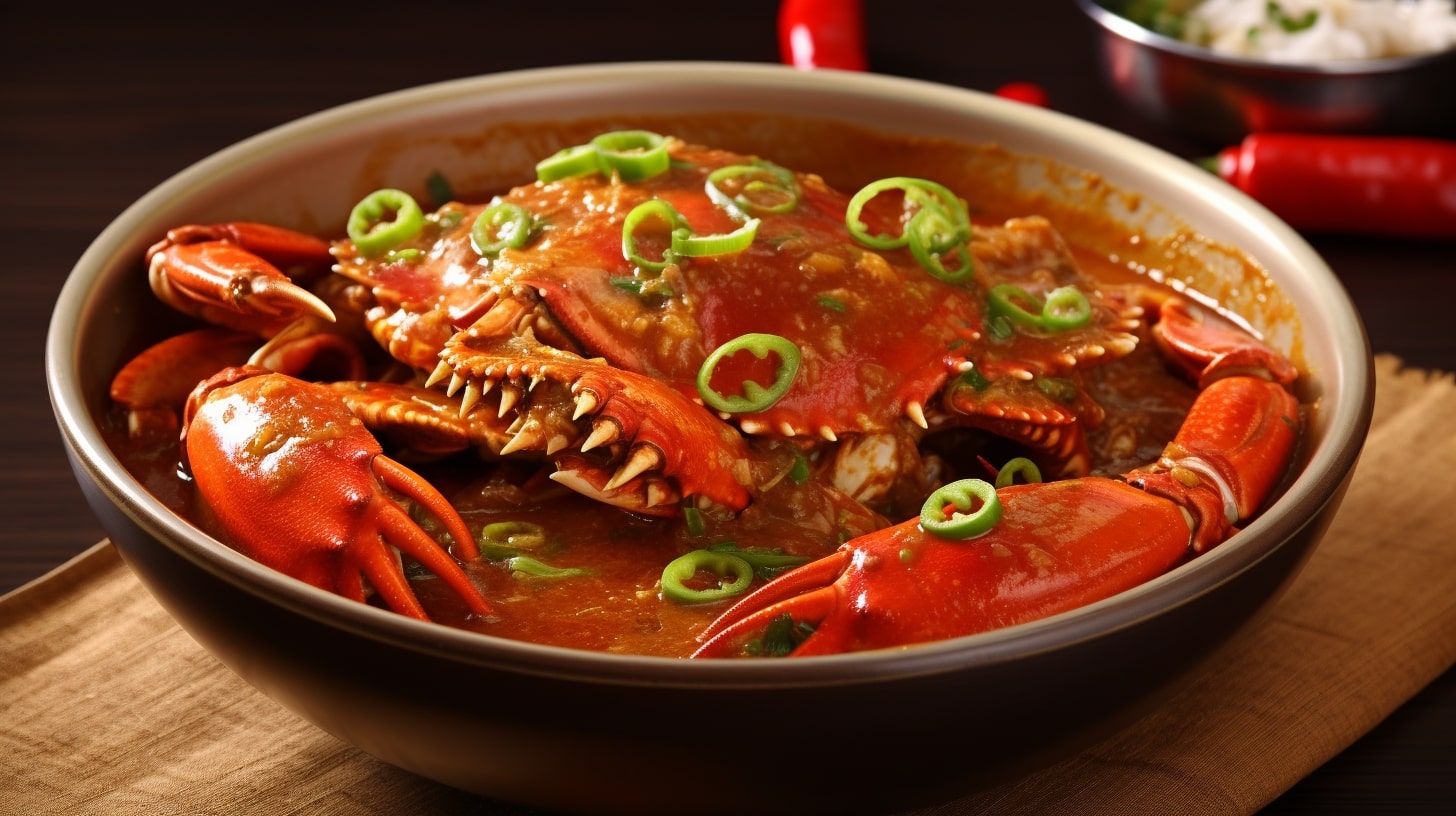Yakiniku, a term that evokes images of succulent grilled meats and vibrant social gatherings, is a cornerstone of Japanese cuisine. From its intriguing history to the sizzle of the grill, let’s explore the captivating world of Yakiniku.
A Sizzling Journey Through Time: The History of Yakiniku
The roots trace back to the early 20th century, with a fascinating cross-cultural connection. Derived from the Korean BBQ tradition of bulgogi, which found its way to Japan through Korean immigrants in the 1920s, Yakiniku-style Japanese BBQ was born. The term “yakiniku” translates to “grilled meat” in Japanese, encapsulating its essence.
In the aftermath of World War II, as resources were scarce and creativity flourished, Yakiniku restaurants blossomed across Japan. These establishments, offering affordable and delectable grilled meat dishes, quickly captured the hearts of Japanese diners. Today, it is an integral part of Japanese culture, cherished by families and friends who gather around a portable grill, savoring the flavorful sauces, tender meats, and fresh vegetables.
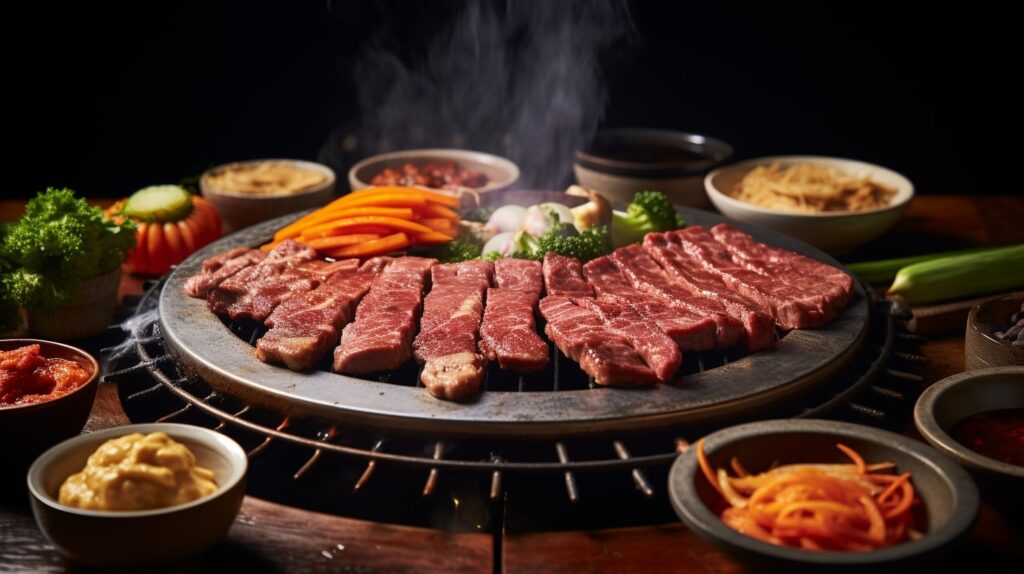
Embracing Tradition with a Unique Flair: Yakiniku Facts
It has evolved into a cultural phenomenon, with a rich tapestry of influences and flavors. While deeply inspired by Korean barbeque, Japanese Yakiniku stands as a distinct style. Its origin as “Western barbecue” foods, as popularized by writer Kanagaki Robun in the late 1800s, gradually transformed into the iconic Yakiniku we know today.
The 1950s and 60s marked a turning point with the rise of smokeless roasters and the introduction of the “Tsuke” culture, centered around dipping sauces. This innovation propelled Yakiniku’s popularity to new heights, making it a culinary delight that continues to flourish.
Mastering the Art of Yakiniku: Grilling Tips
Achieving the perfect Yakiniku requires finesse and technique. Here are some essential grilling tips to elevate your culinary experience:
- Optimize the grill temperature and ventilation settings for the finest results.
- Utilize the grill’s heat distribution – the center is the hottest, while the outer edges are ideal for slow cooking.
- Keep the grill oiled for seamless cooking.
- To manage larger cuts of meat, use scissors along with tongs for precision.
- Don’t forget to preserve the marinated meats for a burst of flavor.
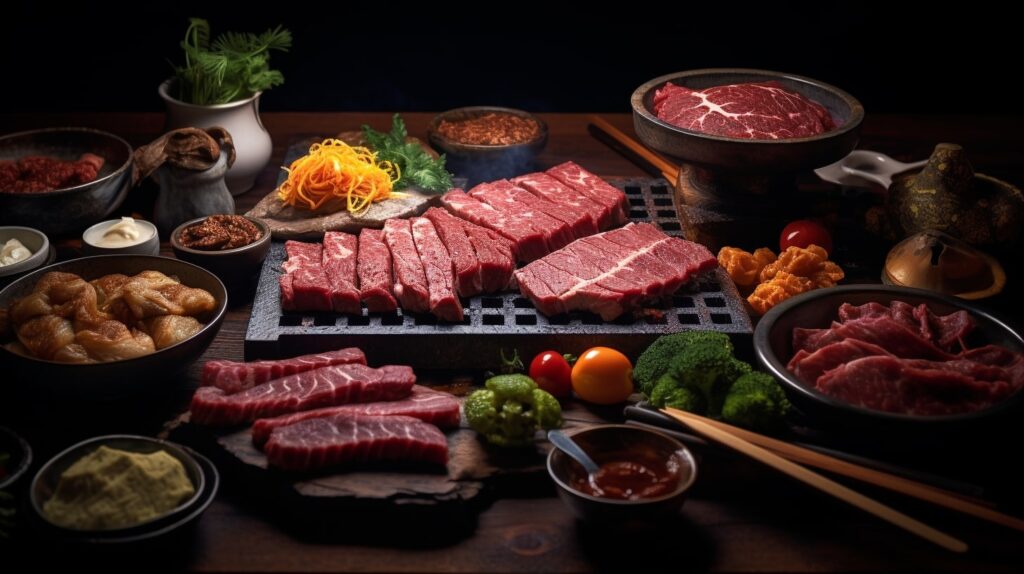
Beyond Borders: Yakiniku’s Global Recognition
Yakiniku’s allure extends beyond Japan’s shores, garnering international acclaim. The two main types, Ami-yaki (grilled on a net) and Teppan-yaki (iron plate), offer a diverse range of textures and flavors. While the roots of Yakiniku lie in Korea, its journey and adaptation have made it a celebrated dish worldwide.
Exploring Yakiniku’s Delights: Where to Indulge
For those eager to embark on a Yakiniku adventure, Japan boasts a plethora of options. Wagyu beef, often the star of Yakiniku, flourishes in various regions, with notable mentions such as Maezawa beef from Iwate Prefecture, Yonezawa beef from Yamagata Prefecture, Matsusaka beef from Mie Prefecture, Omi beef from Shiga Prefecture, and the famed Kobe beef from Hyogo Prefecture.
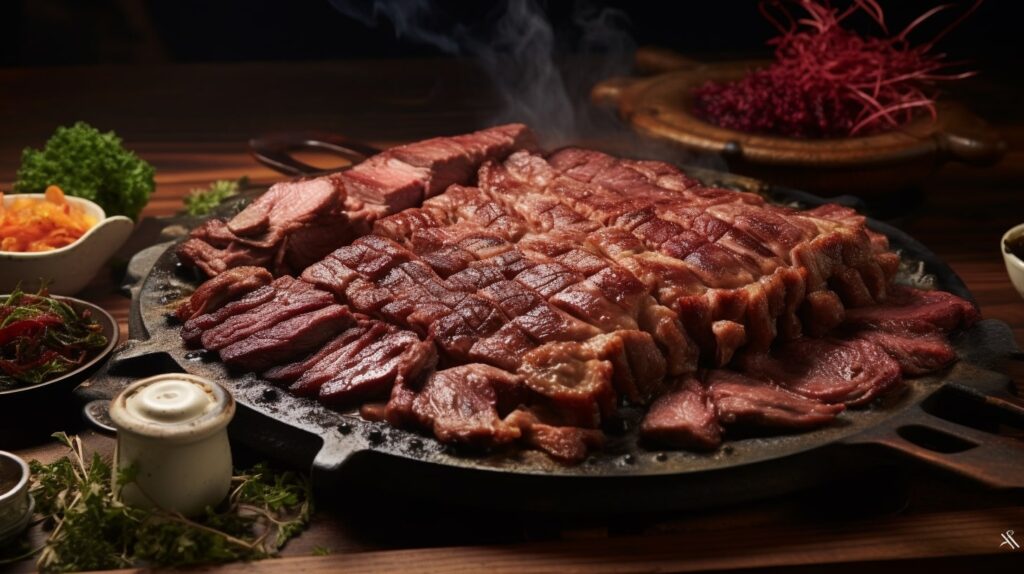
Conclusion: A Sizzle of Tradition and Flavor
Yakiniku, a culinary symphony that melds cultures and flavors, is an integral part of Japan’s gastronomic landscape. From its humble beginnings influenced by Korean immigrants to the present-day culinary phenomenon enjoyed globally, it continues to bring people together over a shared love for grilled meats, enticing aromas, and a celebration of culinary heritage.
